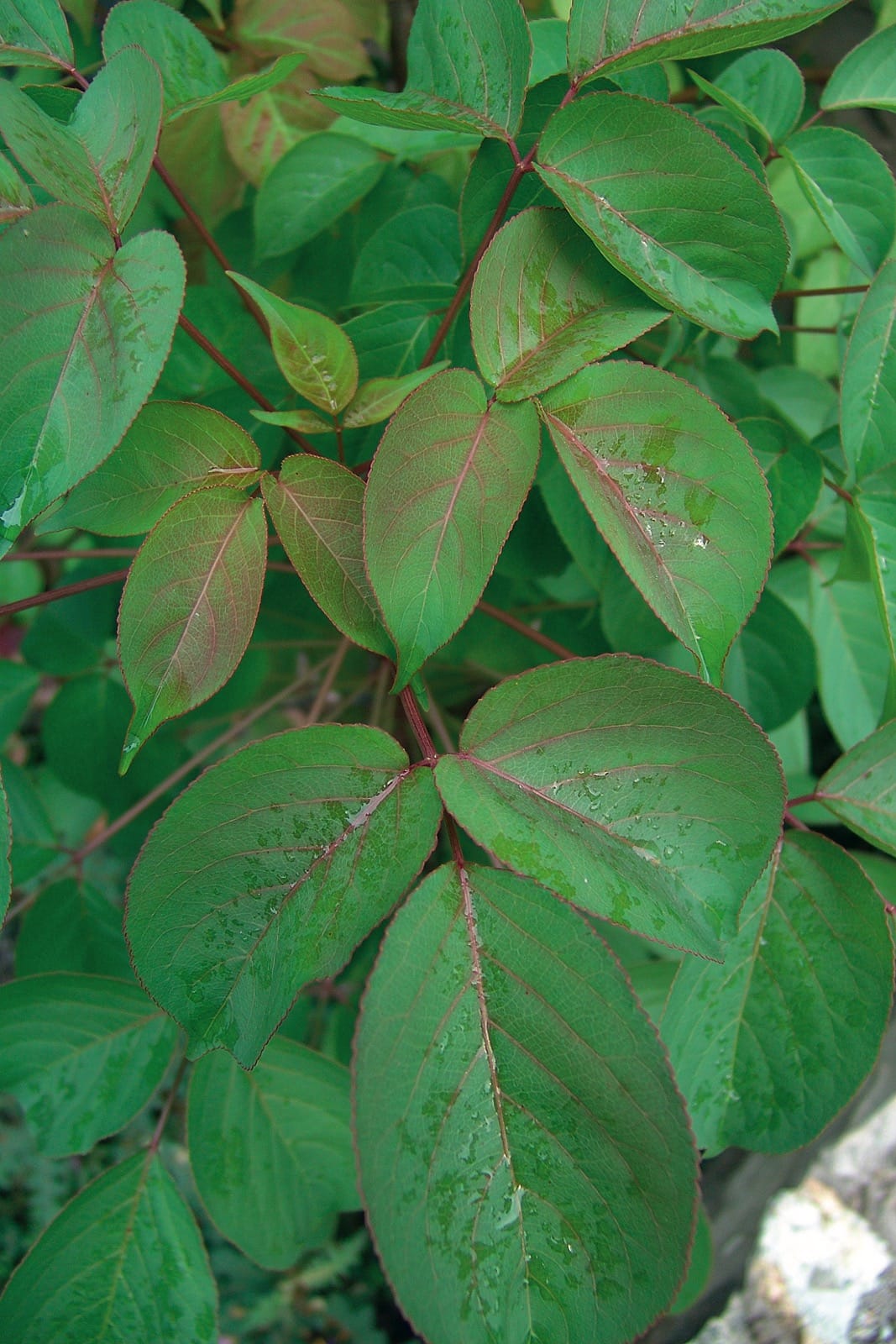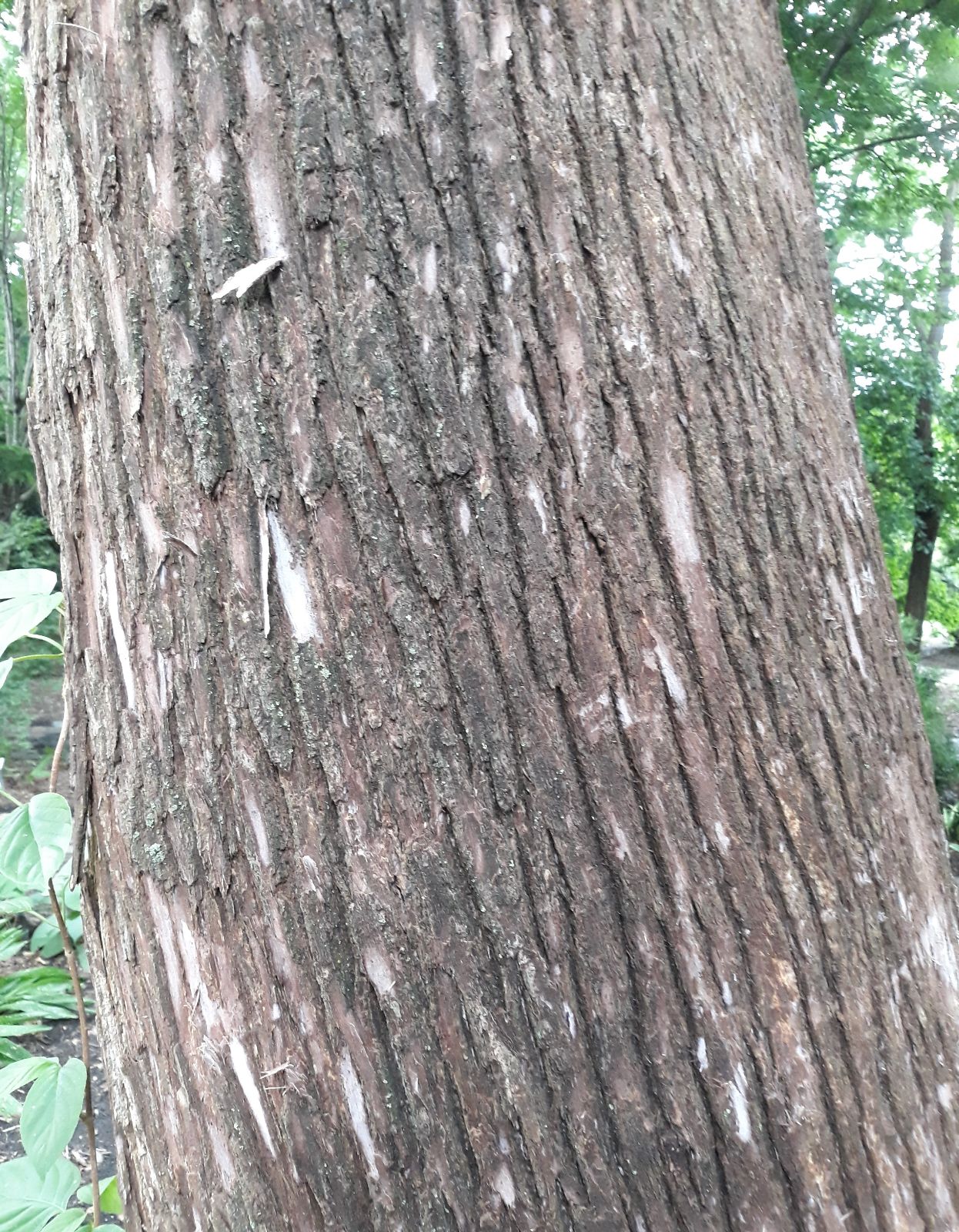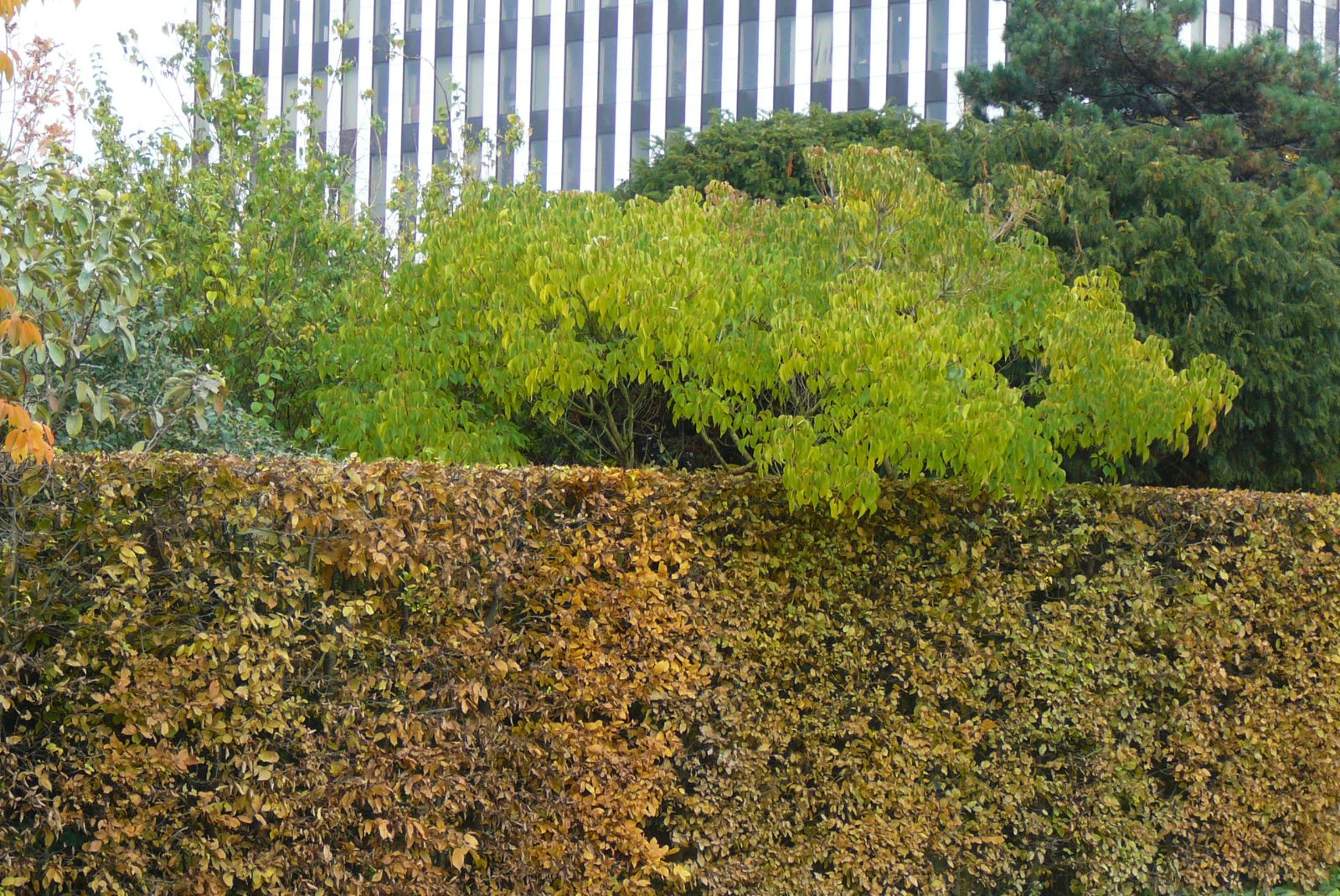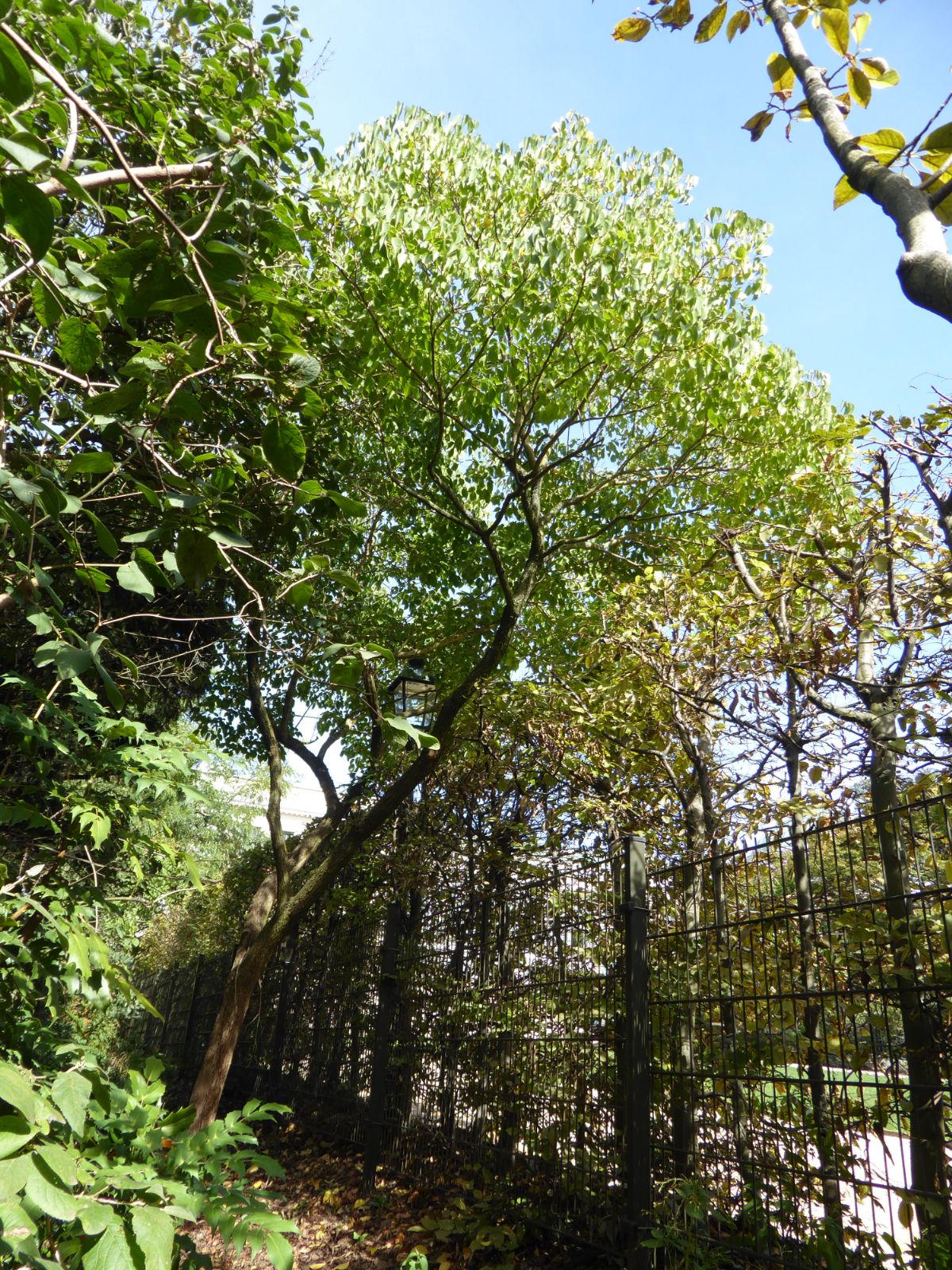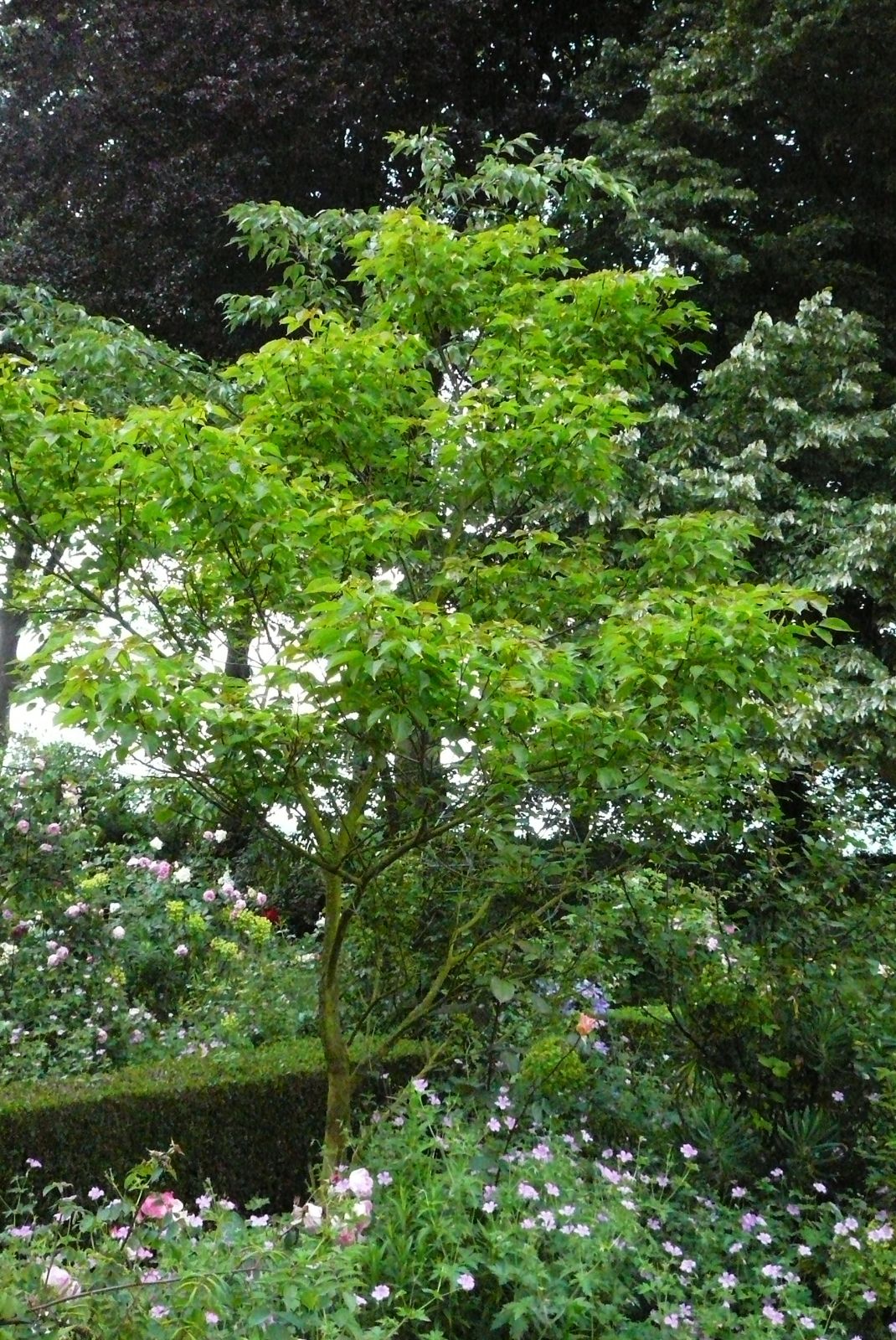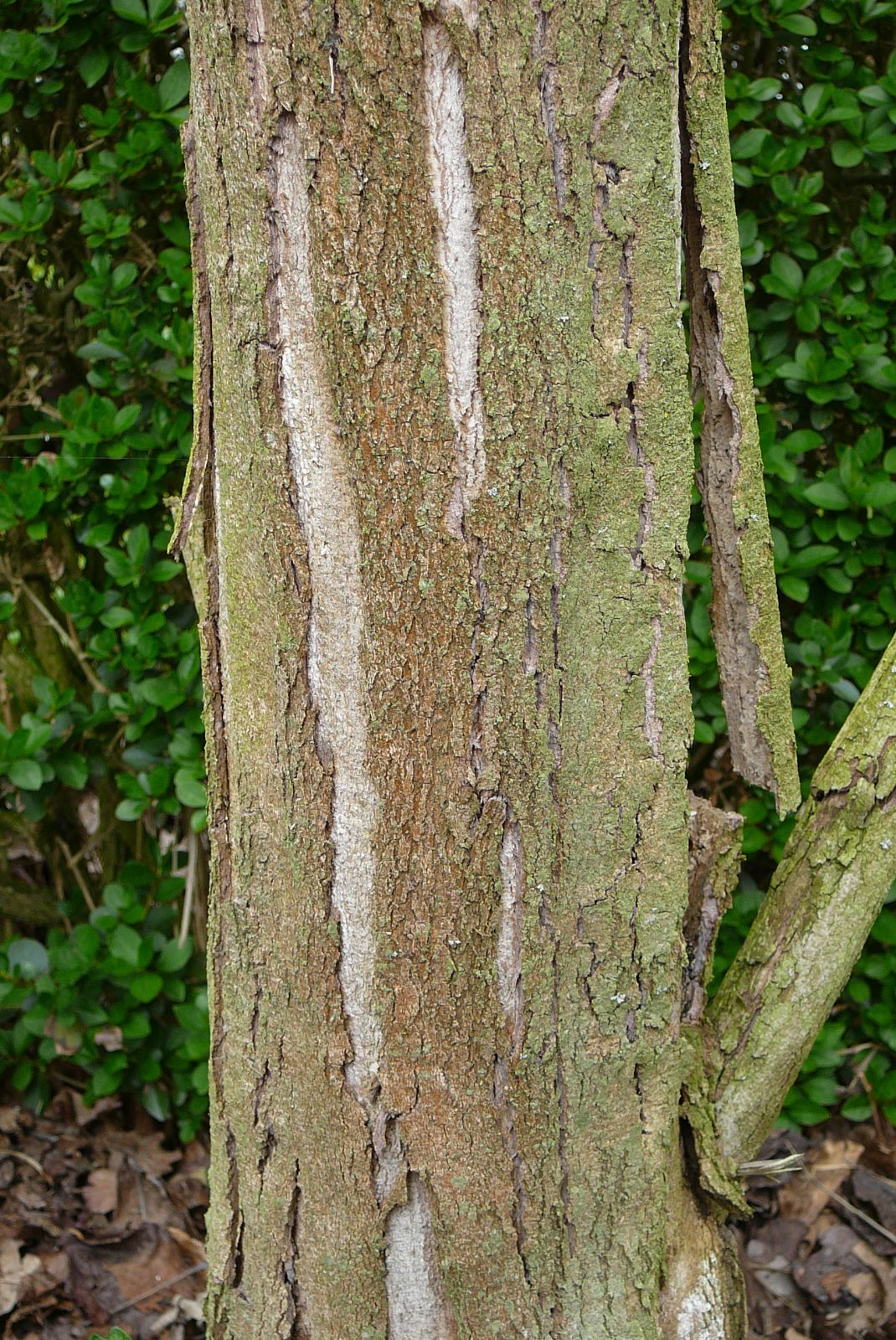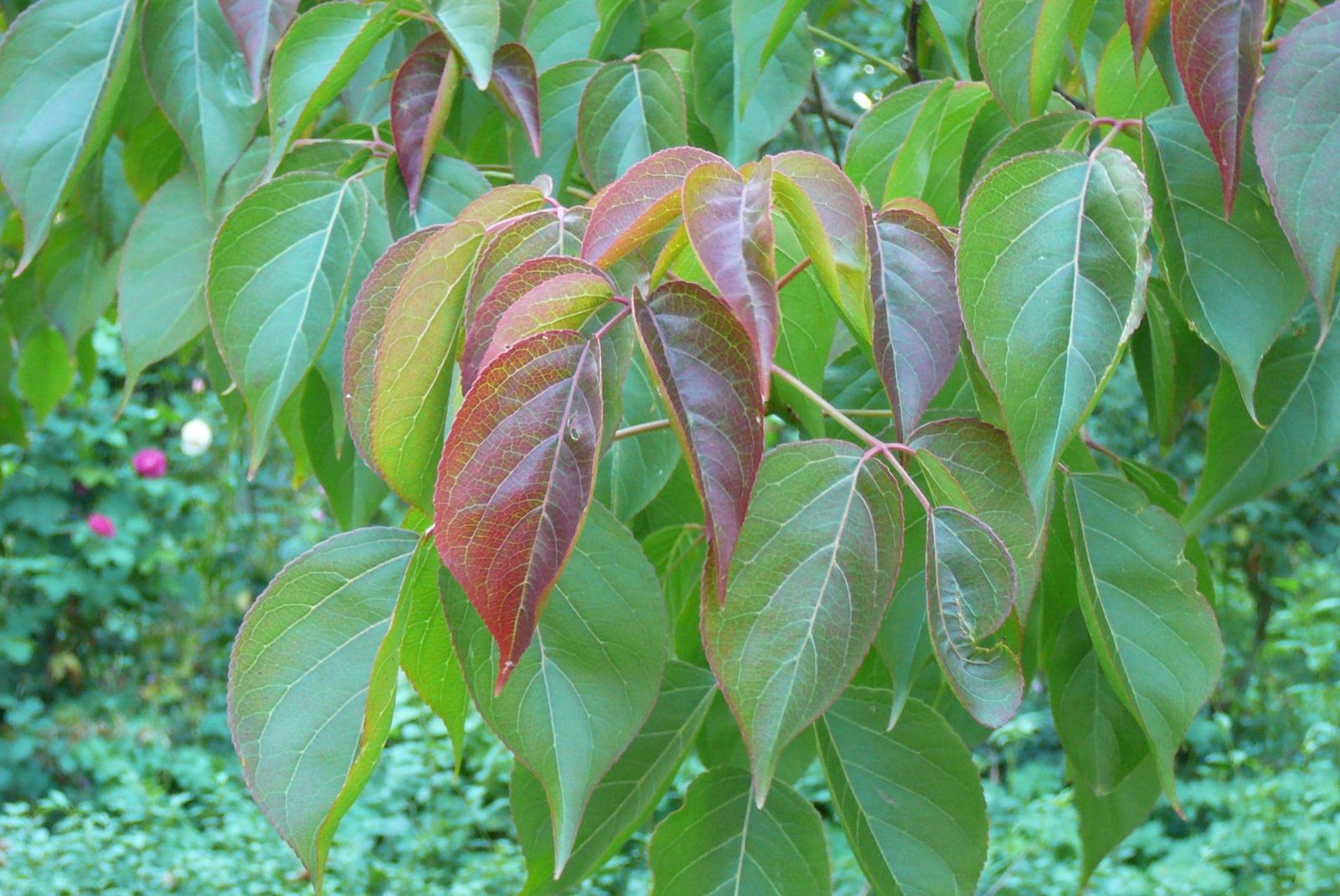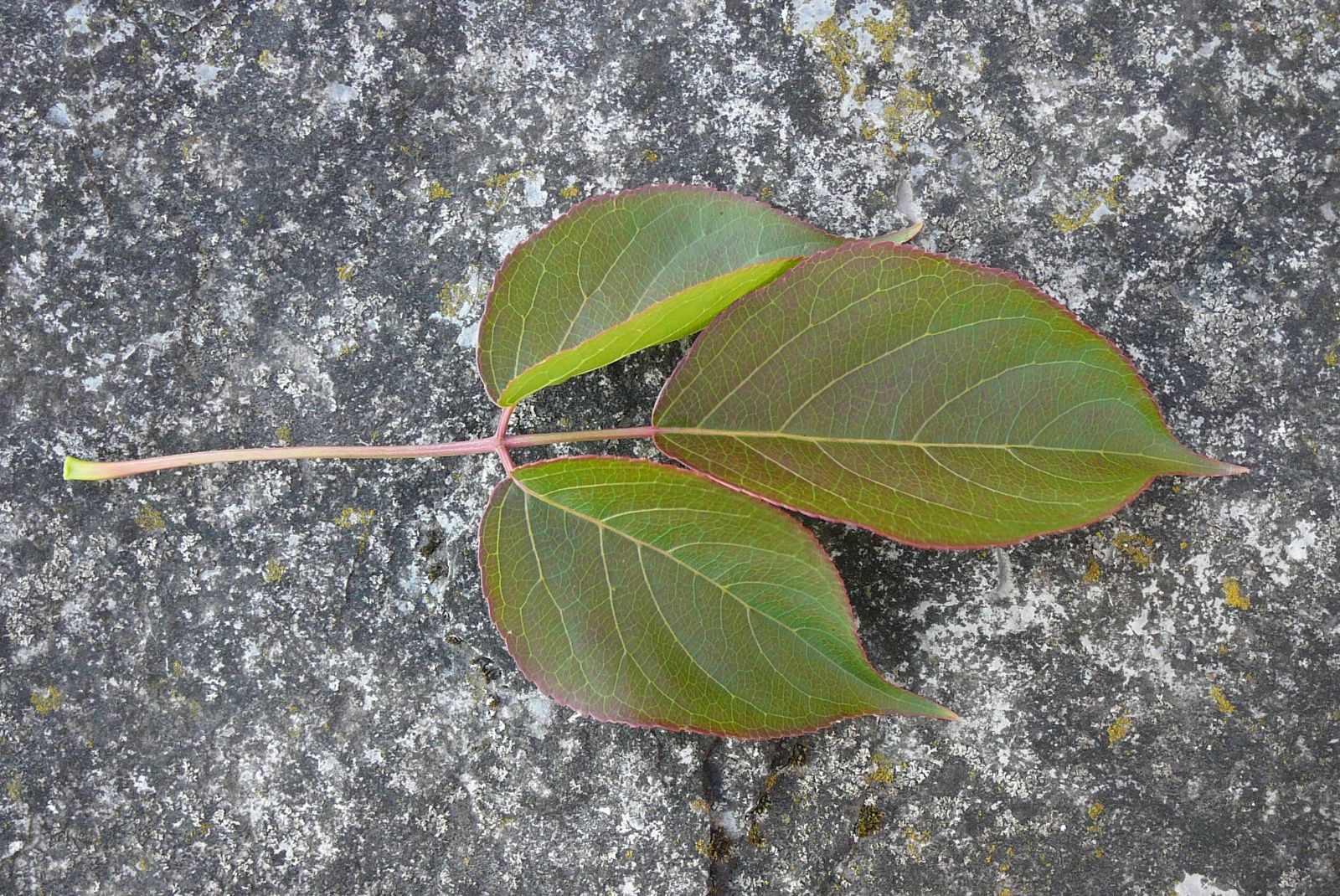Bischofia polycarpa
Credits
Article from New Trees by John Grimshaw & Ross Bayton
Recommended citation
'Bischofia polycarpa' from the website Trees and Shrubs Online (treesandshrubsonline.
Genus
Other taxa in genus
Tree to 15 m, 0.5(–1) m dbh. Bark reddish brown, peeling longitudinally. Branchlets green with grey-white lenticels. Leaves deciduous, pinnate, terminal leaflet larger than lateral leaflets; leaflets three, papery, 5–9(–14) × 3–6(–9) cm, ovate to elliptic, margins serrate, apex acuminate to acute; petiole 9–13.5 cm long. Inflorescences axillary, pendulous racemes. Dioecious; staminate inflorescences 8–13 cm long; pistillate inflorescences 3–12 cm long. Flowers small, sepals membranous, spreading. Drupe globose, 0.5–0.7 cm diameter, reddish brown. Flowering April to May, fruiting October to November (China). Chang et al. 2005. Distribution CHINA: Anhui, Fujian, northern Guangdong, Guangxi, Guizhou, Hunan, Jiangsu, Jiangxi, Shaanxi, Yunnan, Zhejiang. Habitat Montane evergreen forest between 200 and 1000 m asl. Planted in a variety of habitats in China, including as a street tree. USDA Hardiness Zone 7. Conservation status Not evaluated. Illustration NT173.
Bischofia polycarpa, although available from a few American nurseries, is nonetheless very scarce in cultivation. The only large specimen traced is at the JC Raulston Arboretum, currently about 14 m tall with dbh 34 cm. At one time there were large trees at the US National Arboretum, but these died after ‘extremely cold winters’ (Camellia Forest Nursery 2007–2008). The JCRA tree was grown from seed received by J.C. Raulston from China in 1988, and was reported on by him in 1994 as having survived a temperature low of –17 ºC in the winter of 1993–1994 (Raulston 1994). It is currently rather crowded, in an obscure corner, but has a rounded, somewhat open crown, with a canopy of light green leaves.

